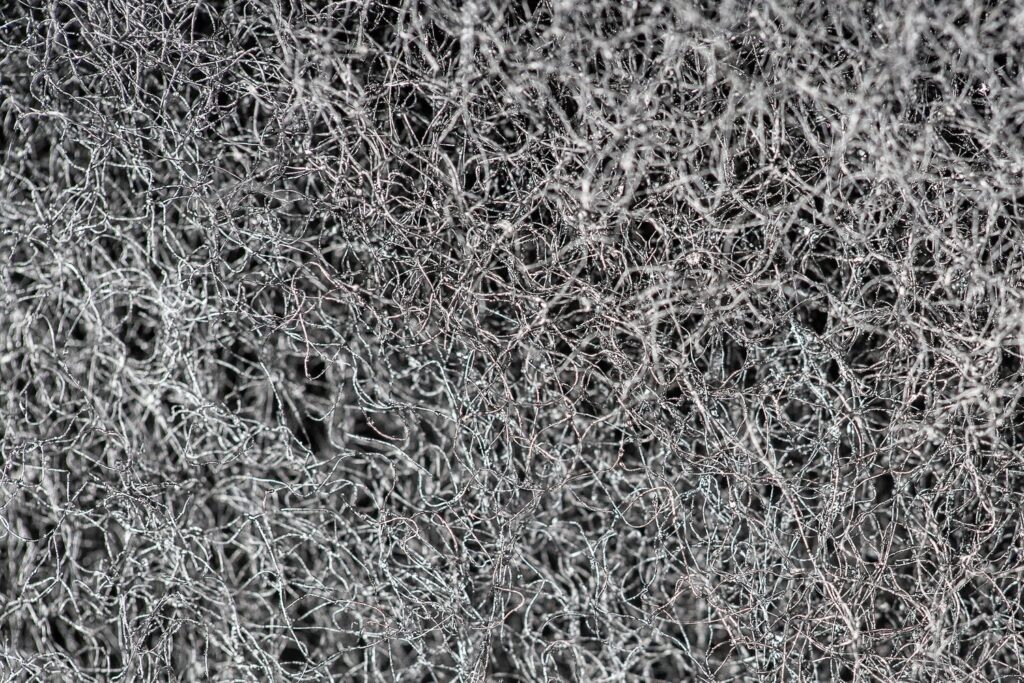In the fight against cancer, early detection is paramount. It not only increases the chances of successful treatment but also significantly reduces the cost and complexity of care. Despite advancements in medical technology, the detection of cancer in its initial stages remains a challenge.
Addressing this issue is crucial as the global burden of cancer continues to rise, with the therapeutics market reflecting this growth.
According to Precedence Research, the global cancer therapeutics market was valued at $164 billion in 2022, and projections suggest it will soar to over $393.61 billion by 2032. Innovations that can detect cancer early are vital contributors to this market, as they have the potential to improve patient outcomes drastically.
Japan’s Research Contribution
At the forefront of such innovations is a team from Nagoya University led by Akira Yokoi. They have developed cellulose nanofiber (CNF) sheets capable of isolating extracellular vesicles (EVs) from fluid samples, which are instrumental in early cancer detection. EVs are critical in cell communication, particularly for cancerous cells, and their early detection could revolutionise how cancer is diagnosed and treated.
“We have developed the unique cellulose nanofiber by applying paper-making and solvent displacement technology,” said Professor Akira Yokoi. “The cellulose nanofibers we use are a sustainable biomass mostly from wood cell walls. These sheets have attractive properties, such as being lightweight, high strength, and most importantly, easily biodegradable.”
Yokoi’s team has proven that these CNF sheets can efficiently capture and preserve EVs, offering a promising new avenue for early-stage cancer diagnostics. Their research, which has been published in Nature Communications, shows that these sheets are not only more efficient but also require smaller fluid samples compared to current methods like ultra-centrifugation.
This innovation is particularly significant given the current cancer therapeutics market’s size and expected growth. As early detection plays a crucial role in treatment and patient survival rates, technologies that can streamline and enhance diagnostic processes are invaluable.
Global Innovators in Cancer Diagnostics
Nanobiotix based in France has made a name for itself in the nano-medicine space, securing over USD 10 million to develop cancer treatments. Their technology centres on hafnium oxide nanoparticles that, when used in conjunction with radiotherapy, amplify the treatment’s effectiveness on tumour cells while sparing healthy tissue. This targeted approach could be a game-changer in cancer treatment efficiency.
Aura Biosciences in the United States boasts a robust funding of USD 215 million, focusing on therapies that directly target and destroy cancer cells. Their prime treatment for treating ocular melanoma involves a viral-like particle linked to an infrared-activated molecule. This compound specifically targets cancer cells in the eye and with laser activation, selectively disrupts the cancer cells while leaving the retina undamaged.
Conclusion
The convergence of research initiatives and market dynamics points to a burgeoning field where early detection and personalised treatment of cancer are not only envisioned but are rapidly becoming a reality. With the global cancer therapeutics market on the rise, driven by such technological advancements, the work of Yokoi and his team at Nagoya University represents a vital step toward a future where cancer can be detected and treated more effectively.
COMPANIES TO WATCH:
Nanobiotix, Aura Biosciences, Megforce
Author:
Kate Sivess-Symes
Content Producer and Writer
Nano Magazine | The Breakthrough


